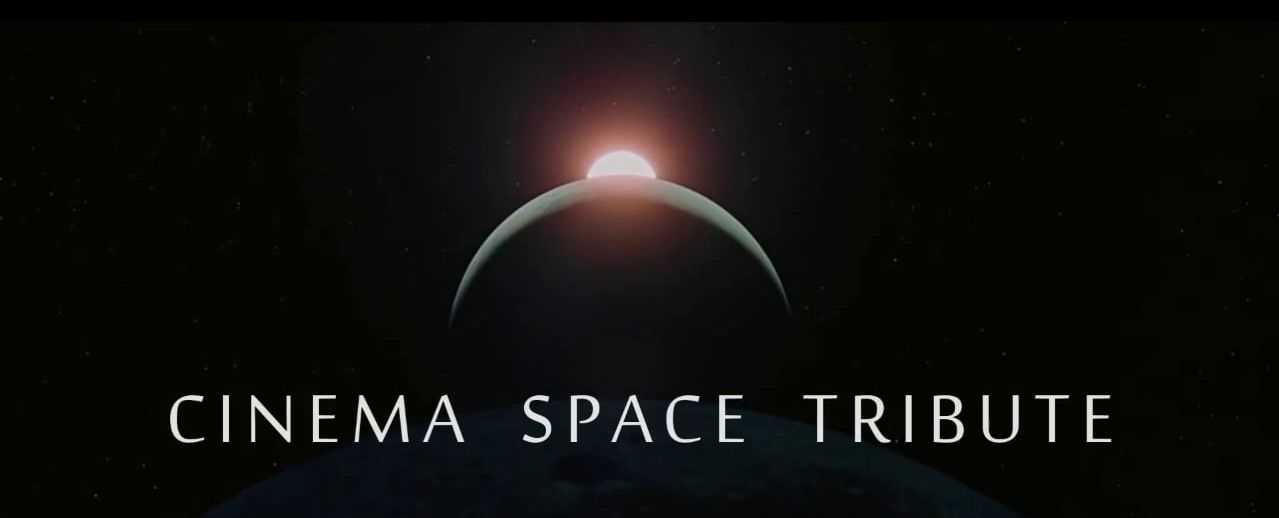Oct 20, 2015
Star Wars: The Force Awakens | Third Official Trailer Released
Posted by Odette Bohr Dienel in categories: space, space travel

Tag: Star Wars
Inaugural Canopus Award Winners to be Announced
Award-winning authors and social and physical science experts will gather at Science Fiction Stories Night and honor winners of the first annual Canopus Awards for Interstellar Writing on Halloween Eve during 100 Year Starship’s ® (100YSS®) fourth annual public symposium in Silicon Valley from October 29-November 1, at the Santa Clara Marriott in Santa Clara, California.
100 Year Starship® (100YSS®) is the independent, long-term global initiative led by former astronaut Dr. Mae Jemison to ensure the capability for human travel beyond our solar system exist within the next 100 years and the advances are applied to enhance life here on Earth every step of the way.
Science fiction frequently leads to science fact. In fact, the extremes of scientific discovery today fuel the imagination and possibilities for science fiction writers tomorrow who catapult them into our collective realm of possibility with their stories. Join the discussion on Science Fiction Stories Night with awarding winning authors, including Nebula Award winner Pat Murphy (The Falling Woman, Bones, and Points of Departure); Juliette Wade (short fiction published in Analog Magazine and Clarkesworld); Brenda Cooper (Edge of Dark and Beyond the Waterfall Door); and, Jacob Weisman, publisher of Tachyon (titles have won the Nebula, Hugo, Sturgeon, Locus, Mythopoeic and World Fantasy Awards).

Music: Hans Zimmer — Mountains (Interstellar Soundtrack)
Lyrics: «Do not go gentle into that good night» by Dylan Thomas.
Voice: Anthony Hopkins.
Space travel today is just too slow, so one rocket scientist is developing technology that could send humans to Mars in a matter of weeks.
My take on the MIT study.
Routine human missions to Mars would be much more efficient if they first swung by Earth’s Moon to pick up fuel for the trip, a new MIT strategic engineering study concludes. NASA’s 90’s-era mantra of “Back to the Moon and on to Mars” really does make sense, a new paper published in the Journal of Spacecraft and Rockets notes.
The idea is that a crewed mission to Mars would greatly save on fuel and launch costs if it first made an interplanetary pit stop at a space-based depot to pick up its needed fuel. In this case, such a depot would optimally be placed at the Earth-Moon Lagrange Point 2 (EML2), a point of gravitational equilibrium lying beyond the Moon’s far side.
Continue reading “Why An Interplanetary Fuel Stop Makes Sense For Human Missions To Mars” »
Our bodies aren’t meant for space. We require too much maintenance to speed through the stars. We need a steady supply of things absent from space — namely water, food and oxygen. We crave warmth but won’t find it in deep space, where the average temperature is −455 degrees Fahrenheit. Even if we could survive in an icy vacuum without sustenance, we’d probably go insane without distractions and room to move.
But aeronautic engineers believe they have found the key to solving that puzzle: put your space travelers to sleep. Long-term cryogenic and hibernative sleep may be the key to getting humans to Mars, and beyond. But it may first come to a spa near you.
“When the Rosetta spacecraft deployed the Philae lander to land on a comet last November, the world held its breath. … Little surprise too that space is back on the design agenda as a primary source of inspiration. Visiting Design Miami/Basel in June, it was obvious that the “Philae effect” was having an impact much closer to home.”
Tag: design
Why #SETI and Warp Drive don’t necessarily mix; although, I tend to think if #ET is out there it would have long figured out a way to manipulate spacetime for interstellar #FTL travel. It’s time mainstream #physics embraced the idea that Einstein’s axioms involving #lightspeed can be overcome. We’ve nothing to lose but lots to gain. Special thanks to Erika McGinnis for allowing me to publish her artwork.
For all the hype over the idea that someday, somehow we humans will voyage to the stars — not at a measly fraction of the speed of light — but several “warp” factors beyond light speed, it’s a prospect few physicists take seriously. Even mention of “warp drive” is borderline taboo in certain academic circles.
And the idea that Einstein’s Theory of Relativity and with it the axiom that the ultimate speed of light can never be violated is a tenet that most researchers who spend their time plying the nearby cosmos for artificial radio or laser beacons have taken to heart. It supports most SETI scientists’ long-held notion that Earth has never been visited by sentient extraterrestrials.
Making spaceships and electric supercars isn’t enough for Elon Musk. Meghan Daum meets the entrepreneur who wants to save the world.
The name sounds like a men’s cologne. Or a type of ox. It sounds possibly made up. But then, so much about Elon Musk seems the creation of a fiction writer—and not necessarily one committed to realism. At 44, Musk is both superstar entrepreneur and mad scientist. Sixteen years after cofounding a company called X.com that would, following a merger, go on to become PayPal, he’s launched the electric carmaker Tesla Motors and the aerospace manufacturer SpaceX, which are among the most closely watched—some would say obsessed-over—companies in the world. He has been compared to the Christian Grey character in the Fifty Shades of Grey movie, though not as often as he’s been called “the real Tony Stark,” referring to the playboy tech entrepreneur whose alter ego, Iron Man, rescues the universe from various manifestations of evil.
The Iron Man comparison is, strangely, as apt as it is hyperbolic, since Musk has the boyish air of a nascent superhero and says his ultimate aim is to save humanity from what he sees as its eventual and unavoidable demise—from any number of causes, carbon consumption high among them. (As it happens, he met with Robert Downey, Jr., to discuss the Tony Stark role, and his factory doubled as the villain’s hideaway in Iron Man 2.) To this end he’s building his own rockets, envisioning a future in which we colonize Mars, funding research aimed at keeping artificial intelligence beneficial to humanity, and making lithium-ion electric batteries that might, one day, put the internal-combustion engine out to pasture.
If humanity hopes to realize its dreams of exploring the stars, we’re going to need to find ways to recreate life on Earth aboard a spaceship. Simply stockpiling enough vital supplies isn’t going to cut it, which is what led Julian Melchiorri, a student at the Royal College of Art, to create an artificial biological leaf that produces oxygen just like the ones on our home planet do.
The problem with using natural foliage on our interstellar explorations is that plants may not flourish in zero gravity as much as we’d need them to. But since they’re a better way to produce oxygen than simply trying to carry countless tanks full of O2, Melchiorri wanted to engineer a better alternative that would easy survive the rigors of space travel.
